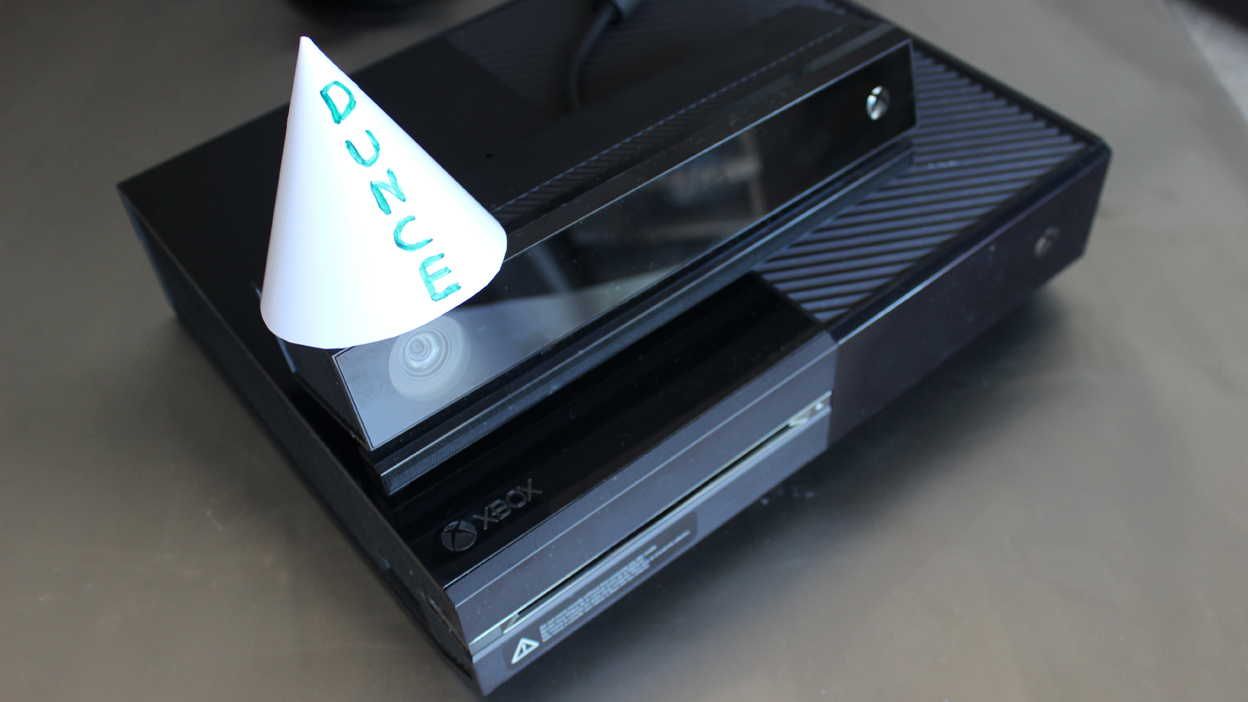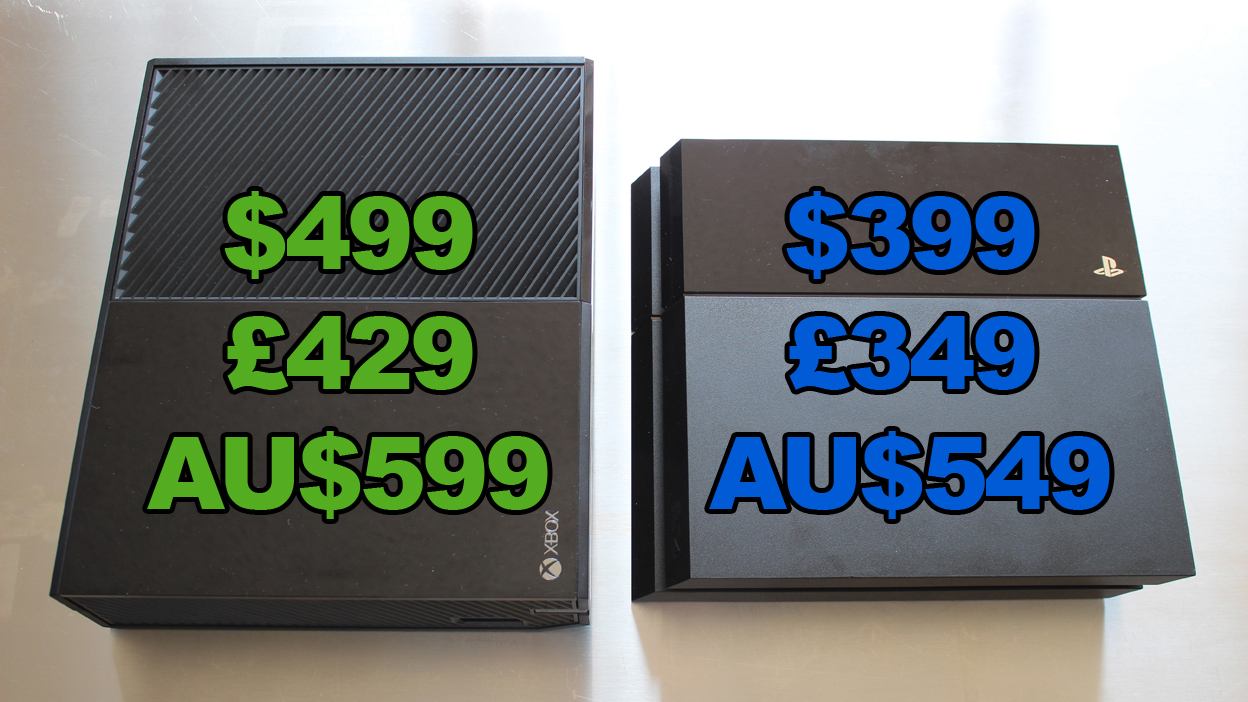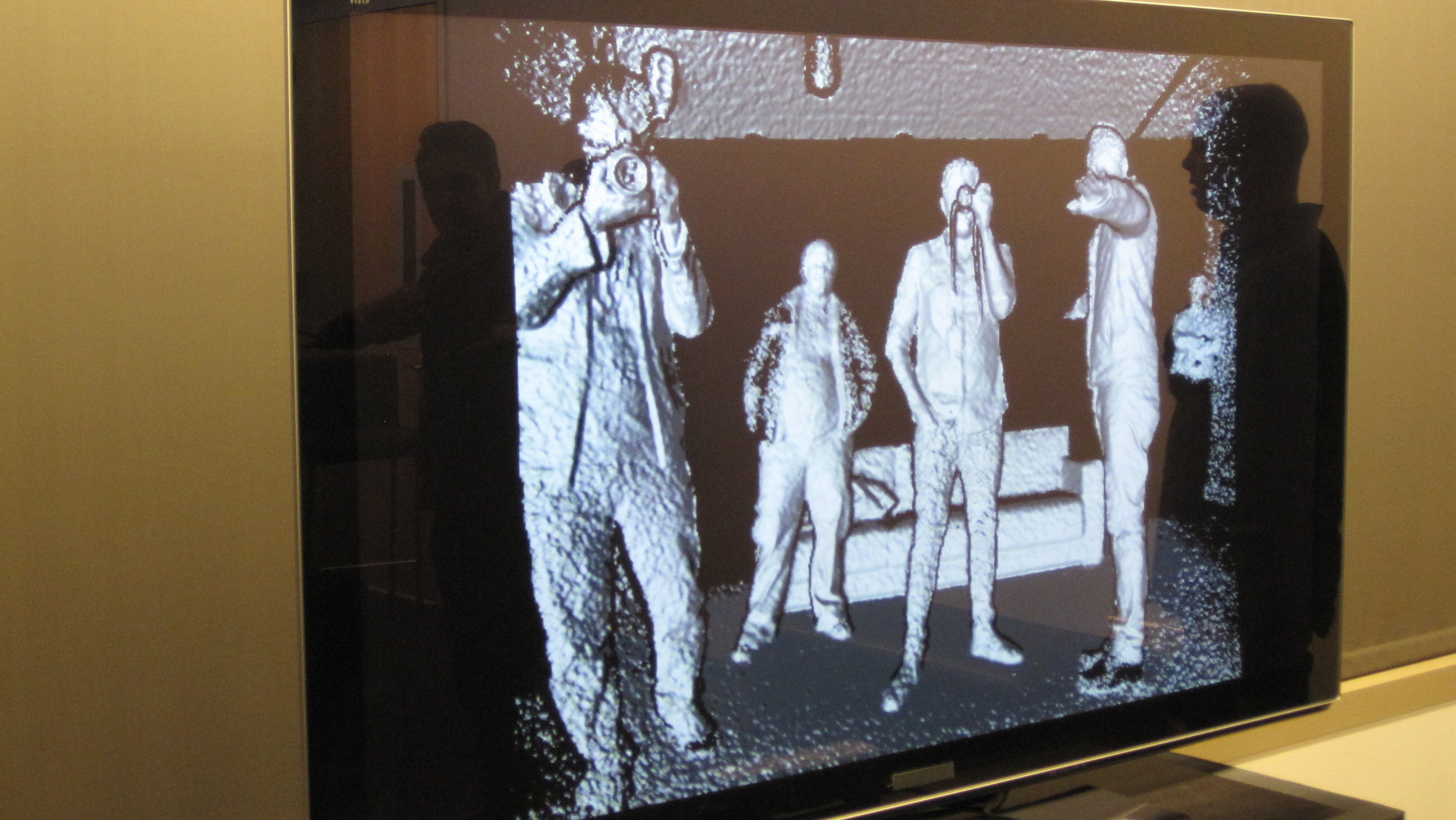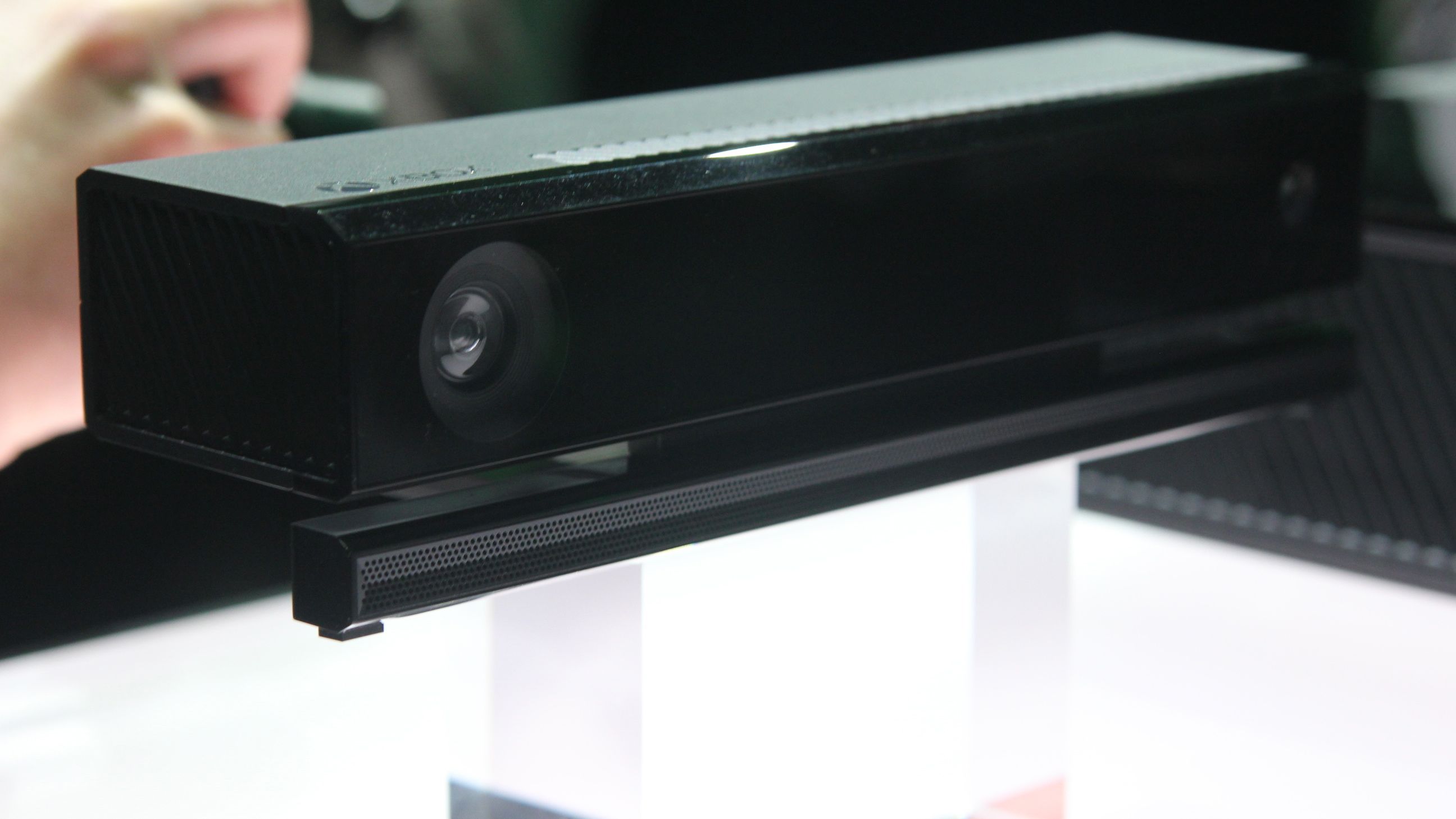5 ways Xbox One Kinect failed Microsoft and stiffed early adopters
Xbox One Kinect is 1080p, but failed to capture buzz

Microsoft is dropping the Xbox One price next month, but while this new console "unbundling" is more competitive with PS4, it doesn't come with the so-called next-generation Kinect.
Don't get us wrong, the core technology behind the Xbox One Kinect lives up to what Microsoft once called "rocket science level stuff."
Its 1080p camera can track six skeletons at once, processes 2GB of data per second and measure the time it takes for photons to bounce off an object for the utmost accuracy.
However, Microsoft's "all in" strategy of initially requiring Xbox One Kinect with every console purchase didn't add up to a whole lot for early adopters who were charged a premium.
Here are five ways the Kinect failed Microsoft and stiffed those who bought an Xbox One early.
1. It made Xbox One cost more
Kinect tilted the ongoing PS4 vs Xbox One comparison in favor of Sony's next-gen system in just six months largely because of a small, but meaningful price difference.
At launch, PS4 cost $399 (£349, AU$549) and Xbox One cost $499 (£429, AU$599). It's hard to justify spending even more money on a new console when both lack triple-A games.
Get daily insight, inspiration and deals in your inbox
Sign up for breaking news, reviews, opinion, top tech deals, and more.

And yes, we're looking at Kinect, which is always looking at us, as the source of the problem. Xbox One teardowns have estimated the camera and its sensor parts cost $75 (about £45, AU$80).
Xbox One has been tagged by the general public as the more expensive system since a devastating E3 2013, and now Microsoft is waiting until E3 2014 to officially drop the price.
2. Its one good game took forever to come out
There seemed to be a big push to incorporate the new Kinect into Xbox One games, but that has so far amounted to five games that require the hardware and 17 more that minimally support it.
Four of those Kinect-required games aren't that special: Just Dance 2014, Xbox Fitness, Zumba Fitness and the all-around-awful Fighter Within.
The Rare-developed Kinect Sports Rivals is the one unique game that has made using the Xbox One fun, but it initially launched as a mini-game-teasing demo. The full game didn't come out until April.

In other words, not even Microsoft wasn't ready to support Kinect from day one. It was, however, ready to collect gamers' money for the camera on that day.
3. Convinced us 'if everyone has Kinect, it'll be better'
Just as devastating was Microsoft's insistence that if everyone has Kinect out of the box, more games would be developed for 100% of the audience.
It was a bold strategy that made a lot of sense. Sony is selling the PS4 camera separately and, looking at history, an estimated 14% of PS3 owners bought into PlayStation Move accessories.
No developer wants to spend time making games for a small subset of the next-gen audience, so bundling Xbox One Kinect was touted as a risky but clever strategy.
Now Microsoft is prepping a version of its system that doesn't include the camera, dividing its gamers between those who won't have Kinect and those who got sucked into buying it.
The theory that "if everyone owned a Kinect, the experience would be better" wound up being little more than a bold strategy that never materialized.
4. Stoked early privacy fears
The idea of an always-on Kinect came off a creepy to privacy-conscious gamers, so Microsoft abandoned its requirement to have Kinect plugged in at all times three months before launch.
But the timing couldn't have been worse for this initial trial balloon. The NSA was being accused spying on its citizens through the Prism surveillance program.

Even fresher in everyone's minds was the fact that Microsoft itself was alleged to have helped the FBI circumvent encrypted Outlook.com messages in a "team sport" effort.
Microsoft has refuted the Edward Snowden-leaked documents that claimed it cooperated with US intelligence agencies.
Still, having an Xbox One camera in your house seemed like an NSA trojan horse and a bad idea to some of the loudest internet voices.
5. 'One' confusing launch window
Microsoft can't do any more backpedaling. It's done. It has given in to all of the controversial aspects of its Xbox One announcement in just six months.
Xbox One banned used game sales and then it didn't. It was supposed to have 24-hour daily check-ins for DRM purposes and then it didn't.

It wasn't due to support indie game developers, and now it is. A plugged-in Kinect was to be required and now it isn't.
It was more expensive than PS4 and now it's not. It had to come with that vital Kinect motion controller, and next month it won't.
There's a minority opinion that some of these ideas were good and that the Microsoft didn't stand its ground when the backlash against its policies started trending on Twitter.
Gamers weren't ready for some of these big changes, but even when the ideas went through, like including the Kinect, Microsoft showed us that it wasn't ready either.
